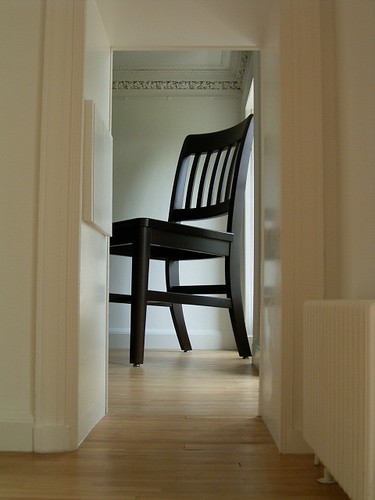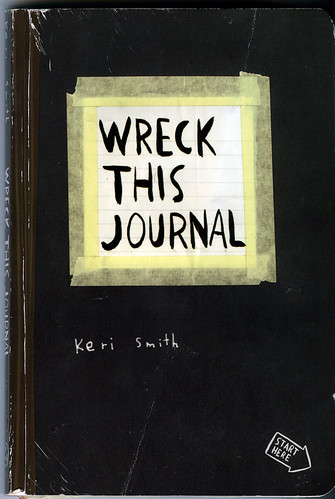Bigger Dreams. Goal setting is important, but don't forget
 your dreams in the day to day. When you are afraid, reach even higher.
your dreams in the day to day. When you are afraid, reach even higher.Bigger Quality. How can you improve on your quality?
Bigger Knowledge. Take a class. Call a mentor. Read a book. Get into the studio and experiment. It is amazing how learning will spark the creative juices. Learn something new already!
Bigger Reputation. What do you want people to say when your name is mentioned? Make every effort to keep your word, ship on time and offer value every chance you can get.
Bigger Body of Work. Keep on growing. Keep on reaching. Keep on working.The most successful artists are the ones who are faithful to work work work.
Bigger Circle of Friends. Get out there and make sincere connections. Not just for your career but for your sanity. Friends keep you honest, give your ego a healthy boost and make sure you keep some balance. But adding to your professional Rolodex doesn't hurt either.
Bigger Heart. Be generous with your information. Offer freebies. Donate profits or do work to sell for charity. People love people who aren't afraid to share their knowledge with them.
These things, added up, will add up to a fulfilling artistic career. And all that will translate into bigger dollars, but all the other "biggers" will ensure that your increasing profits are not temporary, but a natural, permanent growth. And that bigger is definitely better.



